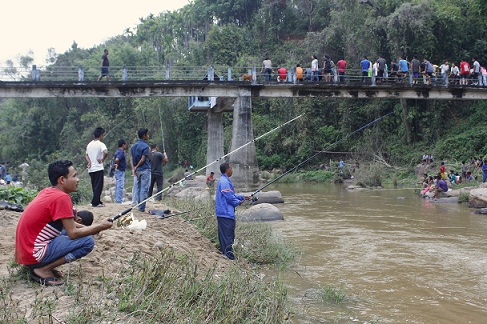
By Our Correspondent:
Tura, Apr 2: An initiative to rekindle the conservation knowledge of the people in Meghalaya’s Garo hills has led to increase in fish species – Chocolate Mahaseer along the Simsang and Ganol river.
“Different agencies has been working in Garo hills to encourage people to conserve fish sanctuaries, which is locally known as wari. The intervention along the river Simsang has encouraged people along different river route to adopt similar initiatives, which has led to increase in Chocolate Mahaseer species in the rivers of Garo hills”, said Roger Marak, superintendent of fisheries, West Garo Hills.
Chocolate Mahaseer (Neolissocheilus hexagonolepis) and Golden Mahaseer (Tor putuitora) are the two predominant indigenous species in Meghalaya.
“The government is encouraging communities to create more fish sanctuaries, which can also go a long way in preserving and developing indigenous fish species”, Marak said.
Marak said that the population of the endangered “Chocolate Mahaseer” has increased due to the conservation effort.
He informed that the fish sanctuaries were created along the river route to protect the decreasing population of indigenous species in the river and to create awareness among the community. In these fish sanctuaries, nobody is allowed to do fishing and if anybody is found violating the rule, they are heavily fined.
The communities along these sanctuaries have taken up eco-tourism venture and conducts annual angling competition to raise awareness on conservation of indigenous varieties of fishes.
Songkal wari fish sanctuary at Rombagre in West Garo Hills has been a lesson for people to venture out in conservation of fishes.
“It became the breeding place and fish has multiplied into hundreds and thousands, which has motivated others to follow suit”, Marak added.
The effort of fish conservation got new impetus with the launching of Meghalaya State Aquaculture Mission in 2012, which has helped the Fish Farmers Development Agency that works for promoting fish culture.
Post launching of the aquaculture mission, 22 fish sanctuaries have come up in Garo hills.
Of which, the Wachi Wari fish sanctuary at Rombagre in West Garo Hills has become an eye of attention, which is receiving an award tomorrow at the launch of the second phase of the aquaculture mission.
Meghalaya chief minister Mukul Sangma will award the community for taking up the initiative to conserve the fish sanctuary, which has demonstrated that the mighty river Simsang has become the breeding ground of fresh water fishes.
Marak said that the communities decided to set up the fish sanctuary at Wachi wari in 2013 and were given financial assistance for developing the site for conservation and promotion of eco-tourism.
Yesterday an annual angling competition was held at Gongne Wari fish sanctuary by the Department of Fisheries at Ganolgre village, in the outskirt of Tura. A total of 40 participants took part in the competition and there were onlookers, who visited the sanctuary to take part in the festivities.
The community benefited from the competition by setting up food stalls and the receipts from the competition were given to the community.
The Fishery Department sponsored the prize for the winner of the competition.
“We established the sanctuary to conserve the fish and create this area as a picnic and eco-tourism destination. We charge a nominal fee from the visitors to this site”, said Ender Marak, a local from Ganolgre village.
He said that by establishing the fish sanctuary they have demonstrated their forefather’s knowledge of conservation, which was slowing facing out in this era of globalization.
“We have place restriction to fishing in the sanctuary, so that the indigenous variety of the fish can breed in its natural habitat. If we allow people to continue fishing using different techniques, it will pose threat and the population will dwindle”, Ender added.
Participants of the competition were equally excited to take part. Veterinarian Nokman Sangma said, “It was great to take part in the competition and motivate the locals who have taken effort to conserve the fish. I feel that people should not take to destructive activities to hunt our fishes from the river”.
A significant decline in fish population was registered due to mass killing by the use of dynamite, bleaching powder, pesticides, local herbs, electric current and other destructive methods, which one of the major reasons for reduction in mahaseer population.






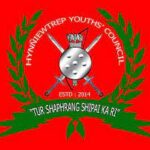


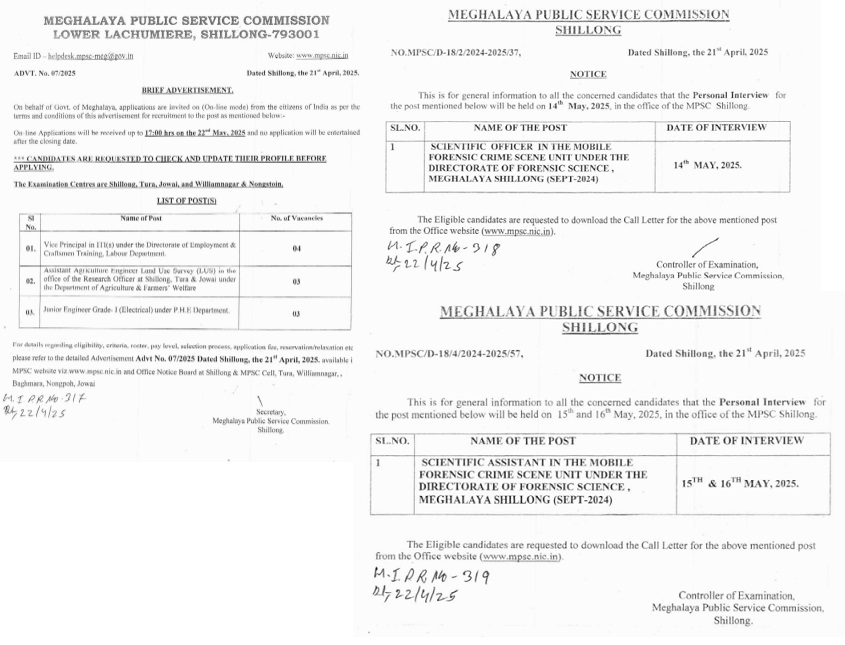



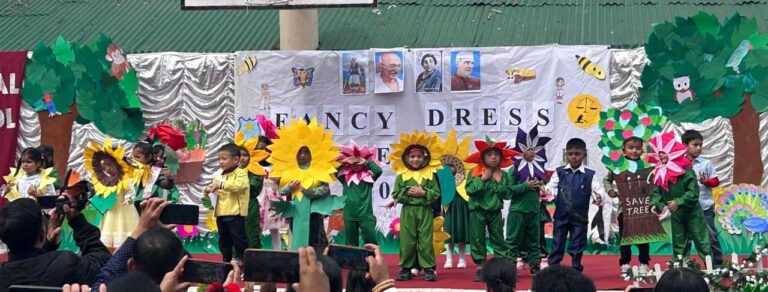
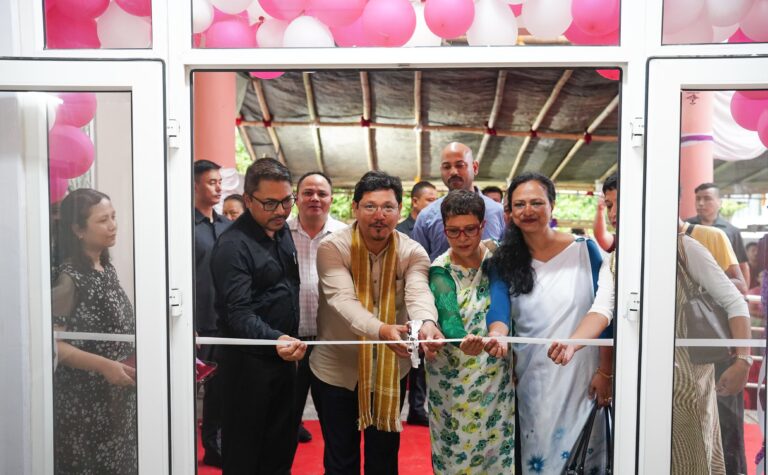
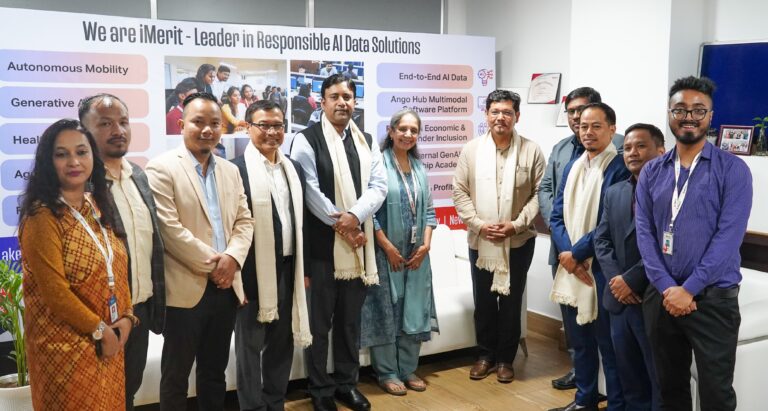
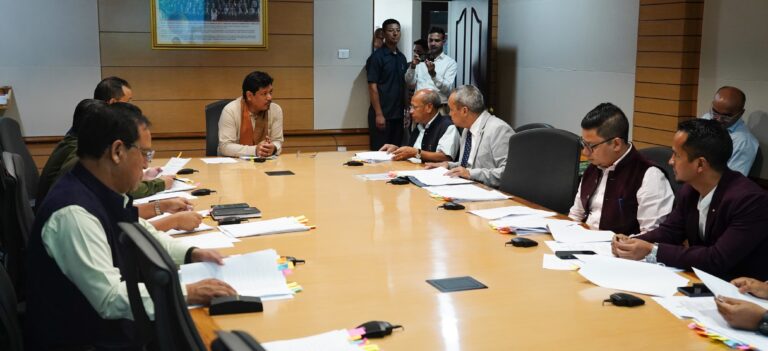
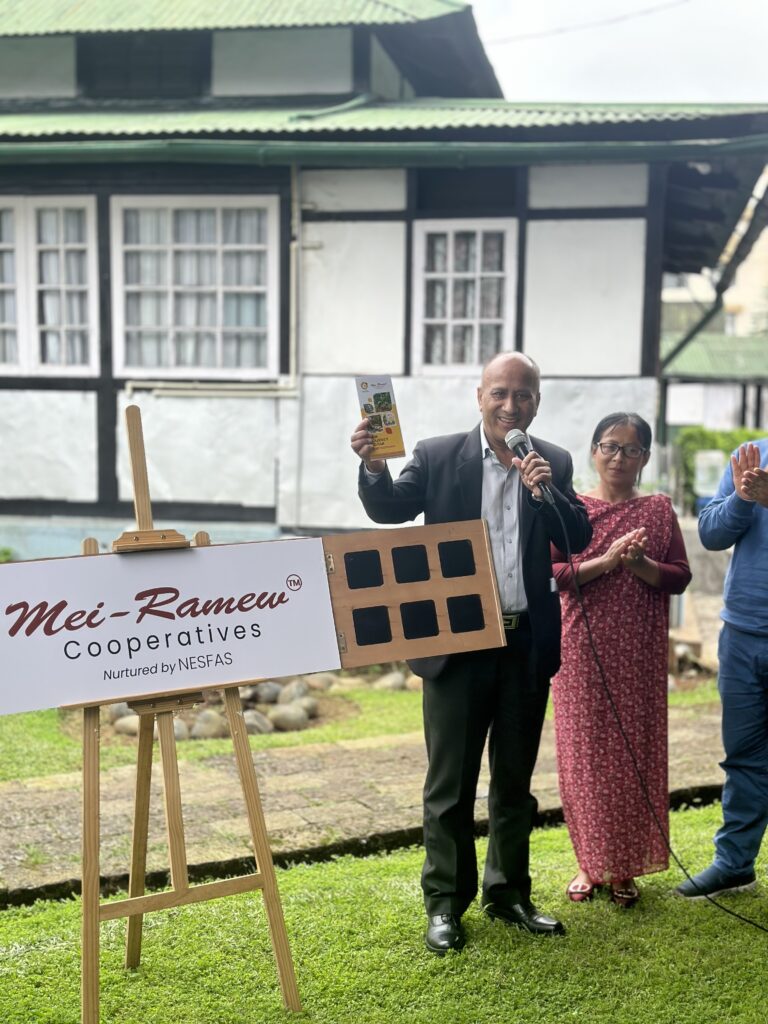

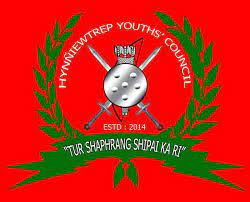

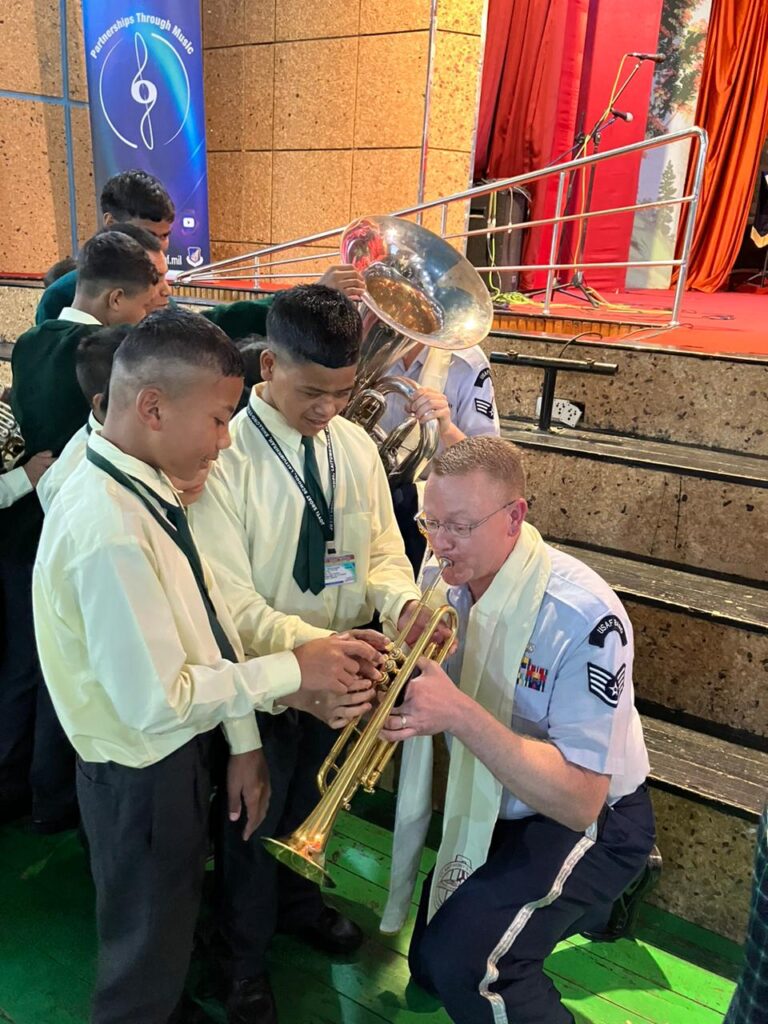
+ There are no comments
Add yours